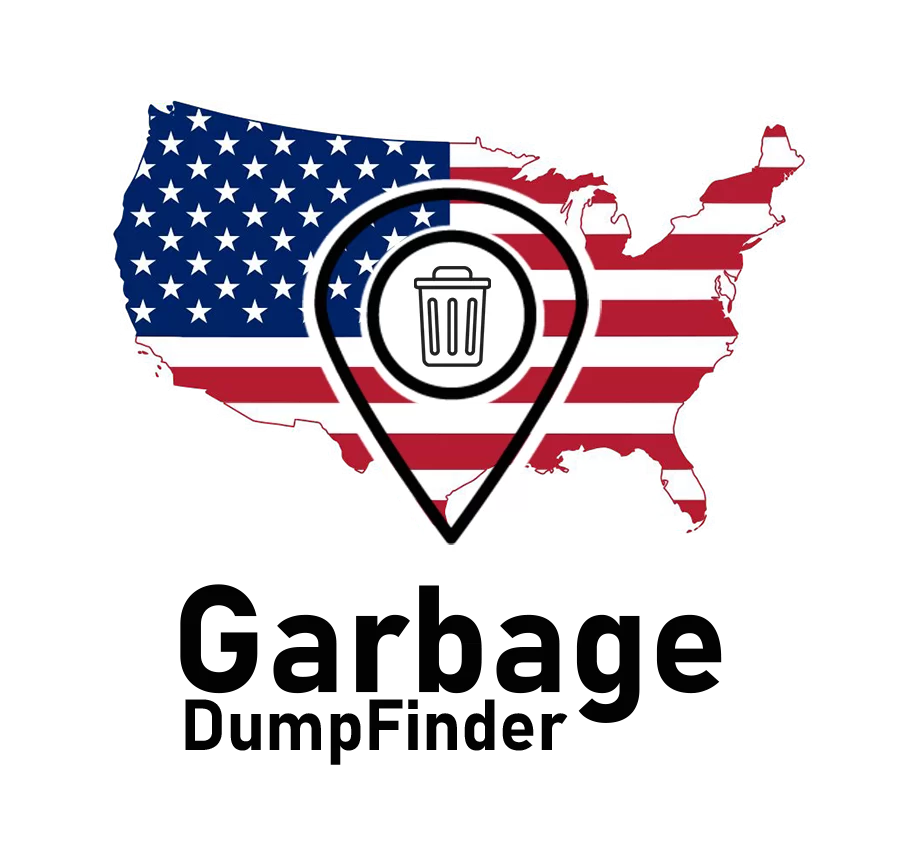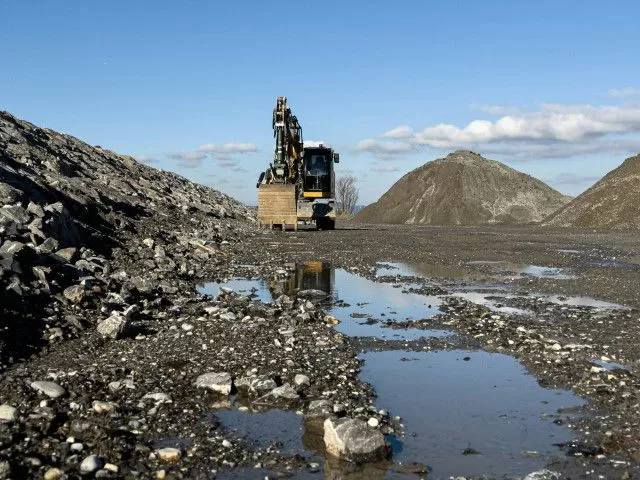
When it comes to managing waste in America, two major strategies dominate the conversation: garbage dumps and incineration. Both methods have their pros and cons, and the debate over which is better is far from settled. Let’s dive into the key aspects of each approach to determine which one might be the best fit for America’s waste management needs.
Landfills: The Traditional Approach
Landfills are the most common method of waste disposal in the U.S. For decades, they have been the go-to solution for dealing with the massive amounts of trash generated by Americans. The concept is simple: waste is buried in large, carefully designed sites, isolated from the surrounding environment.
Pros of Landfills:
- Cost-Effective: Landfills are generally cheaper to operate than incineration plants, making them a financially attractive option for many municipalities.
- Energy Recovery: Modern landfills can capture methane gas produced by decomposing organic waste, converting it into a source of renewable energy.
- Space for Improvement: Advances in landfill technology, such as bioreactor landfills, are making them more efficient by speeding up decomposition and reducing long-term environmental risks.
Cons of Landfills:
- Environmental Impact: Landfills are a significant source of methane, a potent greenhouse gas. Leachate, a toxic liquid that can seep from landfills, poses a risk to soil and groundwater.
- Space Requirements: Landfills require large amounts of land, and as available space decreases, communities face challenges in finding new sites.
- Long-Term Liability: Even after a landfill is closed, it requires decades of monitoring and maintenance to prevent environmental damage, placing a long-term financial burden on local governments.
Incineration: The Burning Question
Incineration, also known as waste-to-energy (WTE), involves burning waste at high temperatures to reduce its volume and generate energy. This method has been gaining popularity in recent years, particularly in countries with limited landfill space.
Pros of Incineration:
- Volume Reduction: Incineration can reduce the volume of waste by up to 90%, significantly decreasing the amount of material that needs to be landfilled.
- Energy Production: Waste incineration generates electricity and heat, providing a renewable energy source and reducing reliance on fossil fuels.
- Less Land Use: Incineration plants require much less land than landfills, making them a viable option for densely populated areas with limited space.
Cons of Incineration:
- Air Pollution: Incineration can release harmful pollutants, such as dioxins and heavy metals, into the atmosphere, posing health risks to nearby communities. However, modern plants with advanced filtration systems can minimize these emissions.
- High Costs: Building and maintaining incineration plants is expensive, and the initial investment can be prohibitive for some municipalities.
- Resource Loss: Incineration destroys materials that could otherwise be recycled or composted, leading to a loss of potentially valuable resources.
The Verdict: A Balanced Approach
So, which strategy is better for America? The answer isn’t clear-cut. Landfills and incineration both have their strengths and weaknesses, and the best approach may be a balanced combination of the two, supplemented by aggressive recycling and composting programs.

Landfills are effective for managing large volumes of waste, particularly in areas with abundant land. However, their environmental impact and long-term costs are significant concerns. On the other hand, incineration offers the benefit of waste volume reduction and energy production, but it comes with higher costs and potential air pollution risks.
Ultimately, the best waste management strategy for America will depend on local conditions, including population density, available land, and economic resources. A mix of landfills and incineration, combined with efforts to reduce waste at the source, recycle more materials, and compost organic waste, could provide the most sustainable path forward.
Sources

Peter Lars has long been an advocate for reusing and recycling whenever you can. He has a passion for writing about every related to landfills and garbage dumps, and unlikely as that may seem.
Landfill Art: How Artists are Turning Trash into Creative Masterpieces
In a world where waste is often viewed as nothing…
Plastic Perils: How Single-Use Plastics are Filling Up America’s Landfills
Single-use plastics, those convenient yet disposable items like straws, bags,…
The History of Landfills in America: How Waste Management Evolved Over the Decades
The history of landfills in America is a fascinating journey…
The Circular Economy: Can It Solve America’s Landfill Problem?
As America grapples with its mounting landfill crisis, the concept…
Landfill Legacy: The Environmental Justice Issues Surrounding Waste Disposal in America
In the United States, the legacy of landfills is more…
The Role of Landfills in Climate Change: What Americans Need to Know
When we think about climate change, images of smokestacks, deforestation,…






